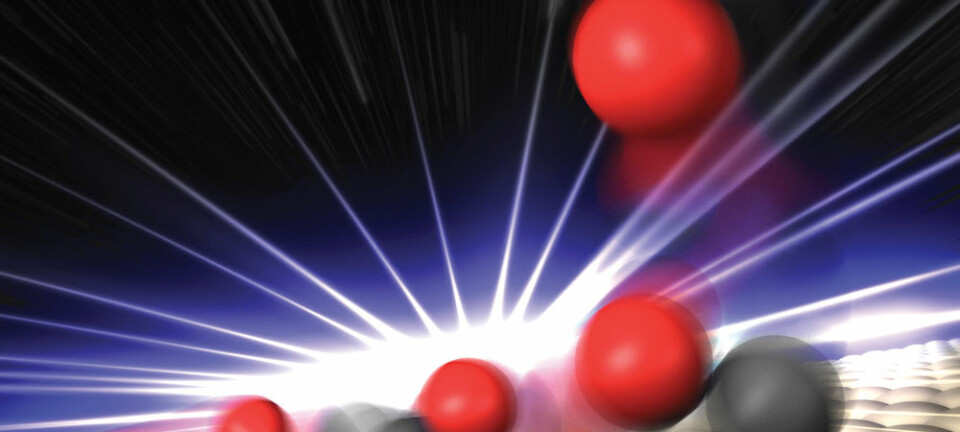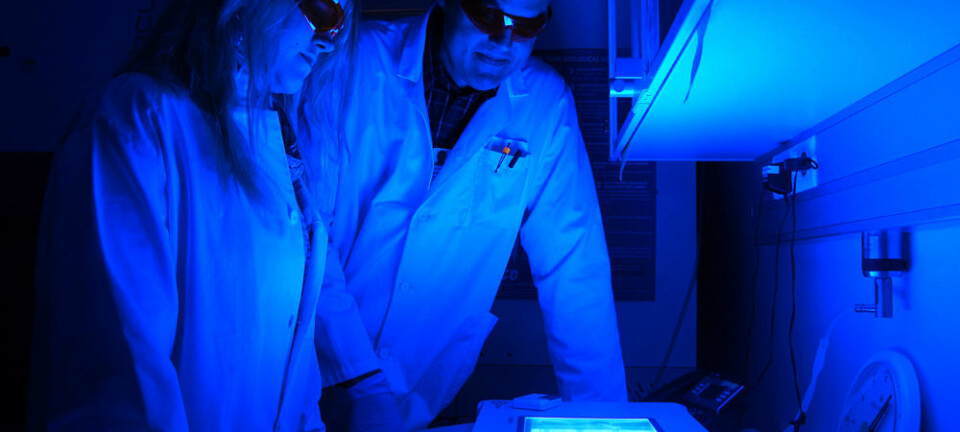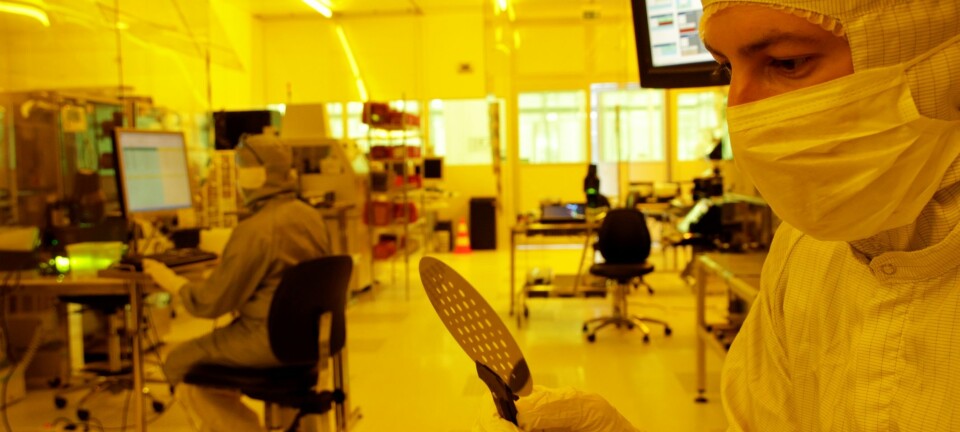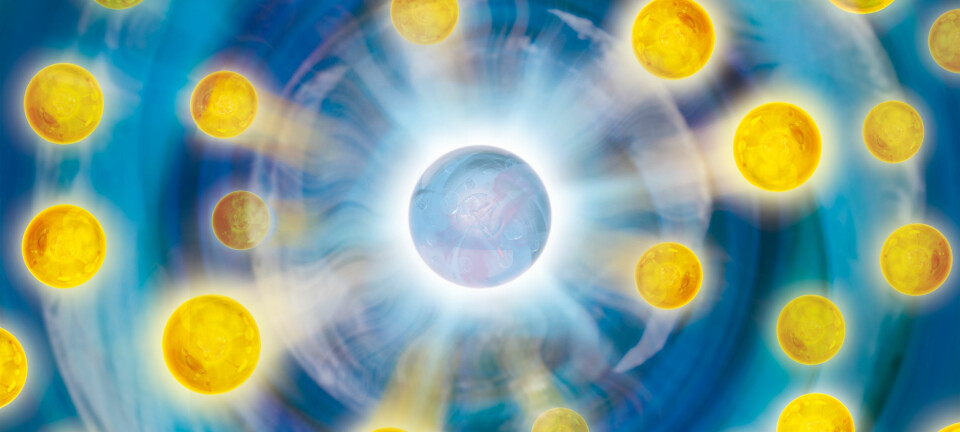
Danish scientists break laser record
New laser technology can be used to diagnose cancer and monitor food quality.
Scientists have created a new type of optical fibre that can carry infrared light with a higher wavelength than previously possible. The new laser technology opens up for new ways to diagnose cancer and monitor food quality.
"You’ll be able to use the new technique to precisely measure how a cancer cell develops at an early stage -- without cutting into the tissue," says Professor Ole Bang, Technical University of Denmark (DTU), who helped design the new technology.
Furthermore, the food industry could use the technique to quickly analyse whether a food product contains the ingredients which it claims to on the product description, he explains.
The new fibre laser technique has been developed by the Technical University of Denmark and Aarhus University. It was recently described Nature Photonics.
Current light sources are not nearly as effective
The new technique is a super-continuum laser light source that covers a wavelength range from 1.4 to 13.3 microns. This makes it a world record.
"The problem is that the light sources used today -- for example for food analysis, is weak and emits out light in all directions, which makes the radiation less concentrated and weaker," says Bang.
For that reason, scientists, the food industry, hospitals, and a number of other industrial sectors have long been interested in developing a new kind of optical fibre lasers that emits infrared light as it is extremely bright and can focus on a very small area alone.
With the new technique, the infrared light can enter further into organic material than previously possible.
Light sources that transport infrared light are already in use, but up until now they have not proven to be very effective.
---------
Read the original story in Danish on Videnskab.dk
Translated by: Louisa Field











